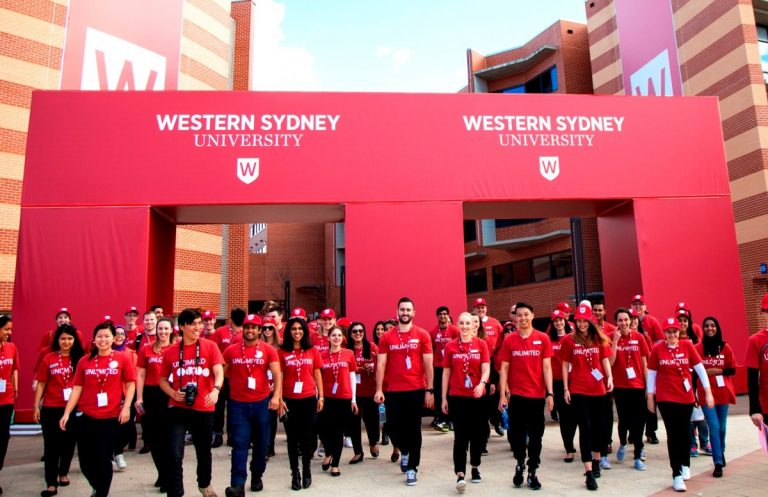
“In my own view, the important achievement of Apollo was a demonstration that humanity is not forever chained to this planet, and our visions go rather further than that, and our opportunities are unlimited.” – Neil Armstrong
From the first moment humanity gazed up at the stars, we believed we were not meant to be constrained to this earth – to be held back by our limitations. It would take thousands of years for the first man to put his feet on the moon, but the yearning to achieve the apparently impossible is at the heart of what it means to be human. It is the greatest driver of human progress. Necessity may be the mother of all invention, but courage is her midwife.
It was this courage that drove scientists to design the spacecraft that would eventually land on the moon, in spite of the enormity of the task. Courage drove African Americans to demand for their civil rights in 1960s, in spite of threats to their lives. Courage drove Steve Jobs to dedicate his life to the perfection of Apple, in spite of repeated failures.
These individuals refused to be deterred. They dared to reach for the heavens. And that’s why they inspire us to this day – ordinary individuals doing extraordinary things.

But acts of inspiration and leaps of progress are far from restricted to these famous moments. History changes when a person chooses ambition and passion instead of settling for the familiar and the safe, even in the face of doubt and uncertainty. This is especially relevant when someone has a deep affinity for the arts and humanities.
There are many success stories about individuals who majored in the discipline and achieved great heights.
Take Melissa Chiu, whose family’s house in Darwin was destroyed by a cyclone when she was a child. Relocating to Sydney, she later graduated with a Bachelor of Arts from Western Sydney University. Her career took off in meteoric fashion, eventually leading her to New York where she ran a prominent museum for the prestigious Asia Society and assumed the position of vice president of its Global Arts Programs.
Through hard work and thanks to her relentless vision, she impressed the famous Smithsonian Institution which tipped her to lead the Hirshhorn Museum and Sculpture Garden. Today, she oversees 60,000 square feet of exhibition space plus a 1.3-acre sculpture garden in Washington D.C.
She’s also widely recognized as one of the world’s leading authorities on modern and contemporary Asian art, writing several books on the latter. Her resume is impeccable – a board member of the Association of Art Museum Directors, the American Alliance of Museums and the Museum Association of New York. Renowned and respected for connecting artists and museums in the Asia-Pacific region with international institutions, she’s an inspiring exemple of what’s possible for arts and humanities graduates.
An arts and humanities degree isn’t just limited to museum and gallery curation. It has unlimited reach, spanning disciplines from journalism to advertising to music. You may decide to be a foreign correspondent reporting breaking news. You may opt to be sports commentator giving your take on an English Premier League game. Or you may pursue travel journalism, sampling the best wines and cheeses from across the globe, and staying at the most luxurious hotels.
Expression, perhaps the most fulfilling human activity, is at the heart of the arts and humanities. Write a 1,000-word treatise on the latest fashion trends or politics in Southeast Asia. In an era of information overload, there’s a growing demand for graduates who can sift through the media, find the important or interesting bits, and explain them to audiences. Getting your message across in the face of all that competing information is also incredibly important. There’s where advertising and public relations come in – exciting and lucrative disciplines for those with the courage and creativity to push the boundaries of communication.

Pushing boundaries is also the central philosophy in design and music. Design graduates may look forward to seeing their photography displayed in galleries, and their motion graphics work incorporated in film. Music graduates may one day perform before massive audiences at music festivals and concerts, or see their star rise to the top of Billboard charts. No matter the individual discipline, the arts and humanities have unlimited promise for those who dare to dream.
But any dream, like any moon spacecraft, needs a good launching pad. Successful art graduates like Melissa have a massive advantage through a world class university education. It’s no surprise that Melissa’s university – Western Sydney University – is placed in the top three percent of universities worldwide by the prestigious Times Higher Education World University Rankings. Times Higher Education also ranked the university 56th in the world among universities under 50 years old. Indeed, outstanding academics and a youthful, global outlook are the key factors behind Western Sydney’s ability to help realize the diverse dreams of its student population.
Western Sydney’s School of Humanities and Communication Arts is particularly strong, offering a vast array of courses in everything from advertising to journalism to music – as one would expect in a modern, comprehensive university. With its focus on the convergence of culture, communication and technology, the School accordingly features state-of-the-art facilities for individual disciplines.
Media students work with a high definition television studio, green room, and post production facilities. Photography students will enjoy generous studio spaces including a seven-meter wide cyclorama, and an extensive range of professional studio flash equipment and accessories. The musically-inclined will gravitate to the School’s professional recording studios, which are fully equipped with the latest digital audio technologies, high-quality microphones, and outboard audio processing. Additionally, the School also has journalism studios, computer labs, and language labs – everything needed for a complete learning experience.

Arguably Western Sydney’s best asset is its unwavering belief in its students. And this is reflected in every aspect of the University – from encouraging academic staff to a flexible curriculum structure to substantial investment in facilities. By providing a thoroughly supportive environment, Western Sydney signals an iron-clad commitment to nurture the talent, drive, confidence and ambition of its students.
This effort is what drives Western Sydney University’s new UNLIMITED campaign, which is a bold and unorthodox approach to talent building and education. Featuring heartfelt and inspirational videos about successful alumni, Western Sydney demonstrates the power of ambition and courage when combined with education – anybody can become somebody with just the right amount of motivation.
The UNLIMITED website also encourages visitors to do a short quiz to discover their ideal calling or field. For example, if you like working with people, are creative, and prefer hands-on work, you might consider a career in the communication arts or tourism. Once students figure out what they want to do, they can be challenged to do it. UNLIMITED is an invitation to achieve dreams and to push the limits of what’s possible.
The article was sponsored by Western Sydney University. Since it was established in 1989, the university has gained international reach, and a reputation for academic excellence and impact-driven research. Western Sydney is ranked among the top three percent of universities in the world by the prestigious Times Higher Education World University Rankings. QS World University Rankings awarded the university 5 stars for facilities, inclusiveness, innovation, and teaching. The university is dedicated to unlocking the unlimited potential of its students, preparing them to be the next generation of global citizens, leaders, and change-makers.
All images courtesy of Western Sydney University.
Liked this? Then you’ll love these…
Soft skills build better leaders: Why more employers are looking for humanities graduates







